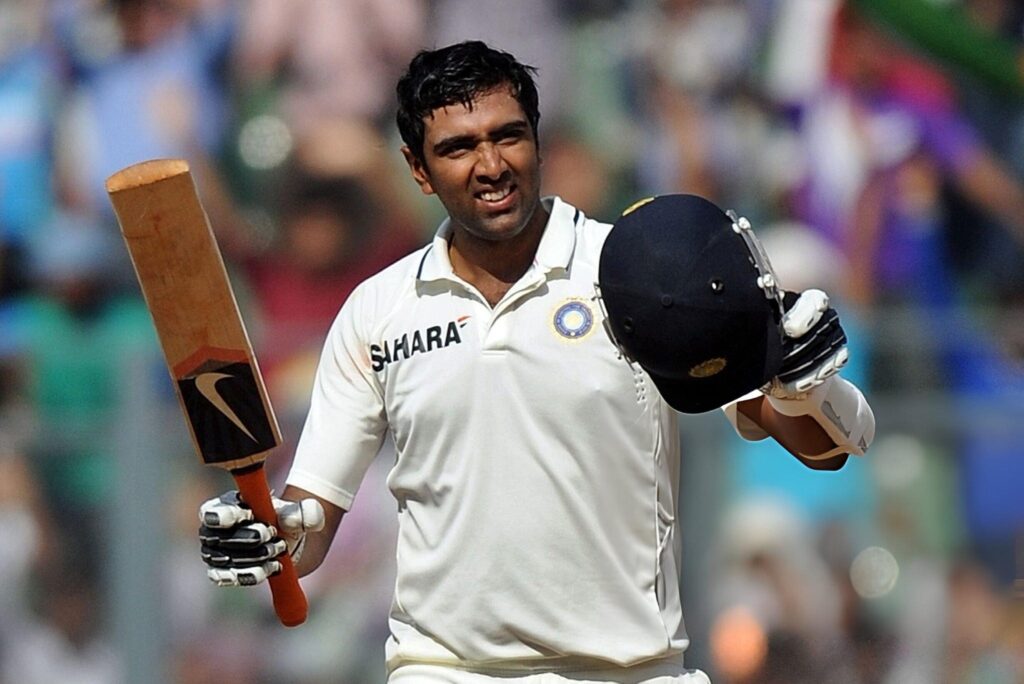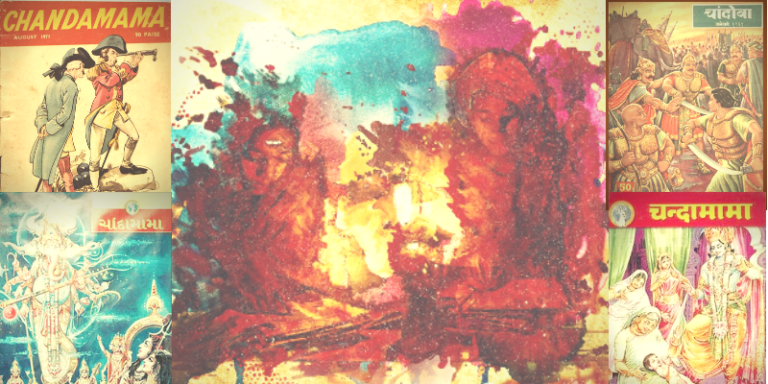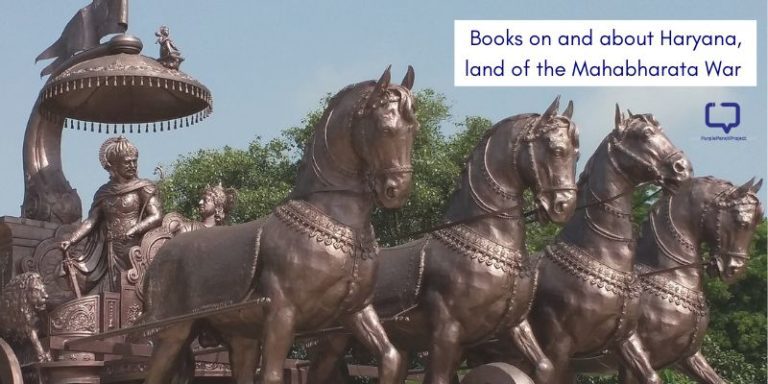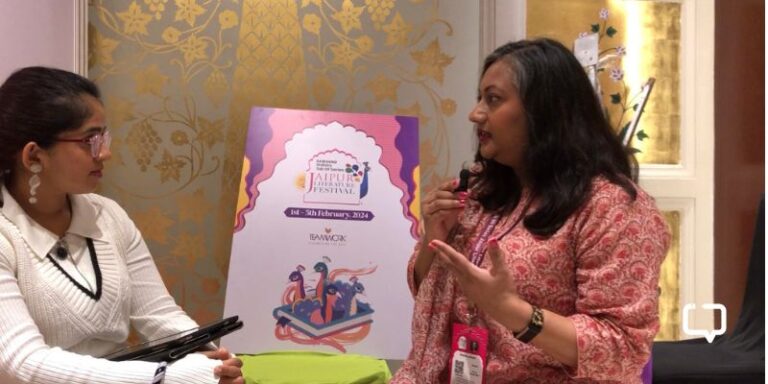Yash Pawaskar reviews I Have the Streets by R. Ashwin and Sidharth Monga (published by Ebury Press, Penguin Random House India, 2024).
The 2024 T20 World Cup was going on. As usual, my colleague and I were discussing cricket. In one of our conversations, I showed him the hot-off-the-press book I was reading—I Have the Streets by R. Ashwin and Sidharth Monga. Excited, he held the hardcover in his hands, glanced through it, and said, ‘Why is Ashwin posing with a bat on the cover photo?’ the implication being R. Ashwin is a bowler and should have posed with a red cherry in his hand instead of a bat.
I replied to him, saying, “That’s the point of this book! You see, R. Ashwin started off as a batter but circumstances led him to become one of India’s contemporary legends as a spinner. This is his story prior to becoming the Test match beast that he has now become.”
A Unique Title and Journey

I Have the Streets is the origin story of the superhero we know as R. Ashwin. The book narrates his journey from playing on the streets of Chennai to playing for India. It touches upon his initial days in the Indian jersey and the Chennai Super Kings (CSK) jersey but stops there.
The focus of I Have the Streets is on how a cricket-crazy child ended up playing for India and how his family supported him in achieving his dream. Nowhere does it seem like the book is a drag or unnecessary information is being shared. Everything matters because everything mattered to R. Ashwin—coaches, well-wishers, parents, friends, and his determination.
I Have the Streets is a rather unusual title for a cricketer’s autobiography. For instance, VVS Laxman’s book is titled 281 and Beyond, Sachin Tendulkar’s is called Playing It My Way, and Sourav Ganguly’s is called A Century is Not Enough. All three books have a direct cricket reference. But R. Ashwin’s book is subtle in this context. I Have the Streets can mean a couple of things.
It can mean that he is a street-smart cricketer, and it can also mean that no matter what, he has the streets (street cricket) and his Ramakrishnapuram Underarm Cricket Association (RUCA) to go back to. Perhaps.
Whenever I lose something in life, when I see no other light, I turn to this cricket in our street with some of my best friends.
– R. Ashwin, I Have the Story
I Have the Streets: R. Ashwin’s Origin Story
The book’s subtitle reads, ‘A Kutti Cricket Story,’ with kutti in Tamil meaning little. Here, it would imply a “short” cricket story. With 173 pages, it surely is a short story compared to other books in this genre. However, the kutti also implies the scope of the story. Unlike other cricket autobiographies, this isn’t a full-fledged account; it is the making of a cricketer.
If not a cricket book, this would have been like an episode of the beloved Indian television series of the 80s, Malgudi Days, based in a fictional town in South India, a slice-of-life story of a boy lost in his dreamworld, just wanting to play cricket despite the blistering summer heat.
As of July 2024, R. Ashwin is 37 years old, and I am 35. This means both of us have witnessed the same era of Indian cricket while growing up. Like almost every other cricket fanatic growing up in the 90s, we played cricket on the streets or in buildings/compounds. We have seen the meteoric rise of Sachin Tendulkar and lived through the heartbreak of the 2023 ODI World Cup.
A ‘Kutti’ Cricket Story: What Sets This Memoir Apart

So, when he mentions the rules for playing street cricket and elaborates on the local tournaments organised and played by him and the RUCA boys, it seems all too familiar. Nostalgia kicks in, and you, as a reader, are transported to your golden days when the only things that mattered were when India was playing next and when you were playing next.
Recommended Reading: 15 Reasons Why Sports Stories Matter and Resonate With Us!
Those who have graduated from playing street cricket to playing club cricket or corporate tournaments will relate immensely with R. Ashwin’s journey of navigating the places and the systems in place to climb the stairs associated with becoming a professional cricketer and tackling societal challenges. Here’s the premise of his story in his own words:
Thatha (grandfather) didn’t allow him (Appa, R. Ashwin’s father) to pursue cricket because he didn’t earn enough to raise the family and also provide for his cricketing needs. Appa doesn’t want the same to happen to me. His biggest worry is our orthodox extended family.
– R. Ashwin, I Have the Streets
Sounds all too familiar to those grown up in middle class Indian families, doesn’t it?
R. Ashwin’s Reflections on Language and Identity
On the back cover of the book, five-time World Chess Champion Viswanathan Anand states, ‘An absorbing and frank book on what it took for a fellow Chennaite to rise to the top of the world.’ Do you sense the regional pride associated with these words? Rightly so. R. Ashwin explores this aspect of regional pride in the book as well. He highlights incidents where he felt like an outsider because of language barriers and how the Hindi he learnt formally was starkly different from how it was, and is, spoken, for instance, in Mumbai. If you read between the lines, you will come to know why people from Tamil Nadu feel disconnected from the Centre.

In this fast-paced memoir, R. Ashwin also beautifully speaks about his love story with his now-wife, Prithi; those little anecdotes of phone calls, cab rides, and fleeting encounters are endearing. He also mentions his interactions with other cricketers, such as Anirudha Srikkanth, Cheteshwar Pujara, Yuvraj Singh, S. Sreesanth, and, most interestingly, M.S. Dhoni.
In the narrative, R. Ashwin is not the superstar yet, and he looks up to Dhoni, who by then is a man who has led India to a T20 World Cup victory and is CSK’s Thala (Head/Leader). Reading their encounters gives you a behind-the-scenes glimpse into the journey cricket fans have been on throughout the years. And there’s the backstory of the carrom ball (sodakku) as well!
Recommended Reading: Chinaman by Shehan Karunatilaka Review- A Cricket Novel Like No Other
Conclusion
In conclusion, in I Have the Streets, one of the great match-winners for India in Test cricket, R. Ashwin, and seasoned cricket journalist Sidharth Monga take readers on an exciting ride from the friendly streets of Chennai to the competitive club and state cricket machinery, resulting in a nostalgic and driven journey of a boy from Chennai who dreamt of playing cricket for India. As the legendary Rahul Darvid puts in the Foreword. “I Have the Streets is a vivid and natural extension of the person and cricketer I have known. But it is much more.”
The last chapter of the book features the following quote, ‘It’s a goosebumps moment for me. It is all sinking in. Now, the nameplate can say: R. Ashwin. World Cup champion.’ Looking forward to reading how things unfolded later on, in perhaps what would not be a kutti cricket story.






















